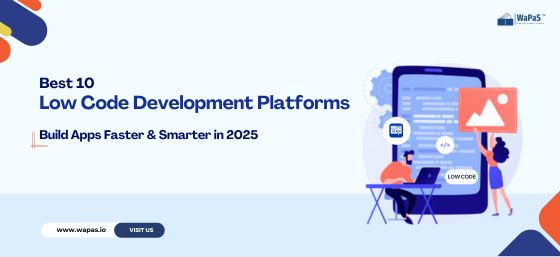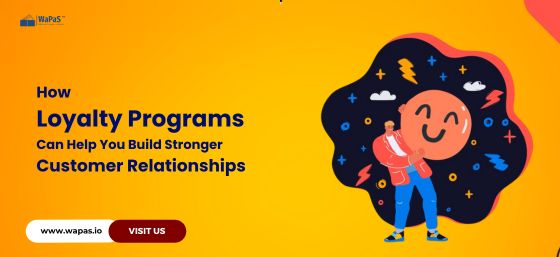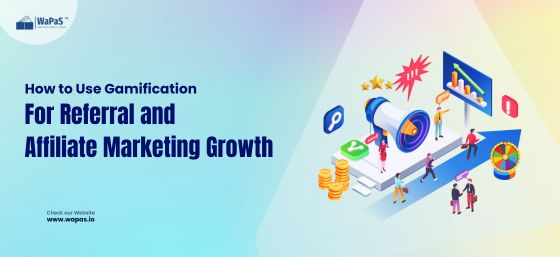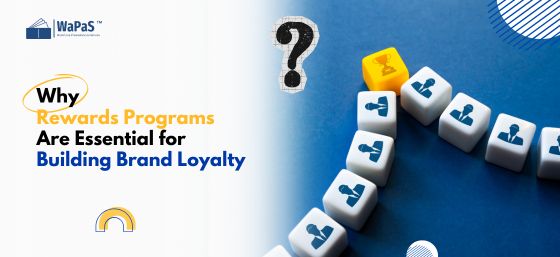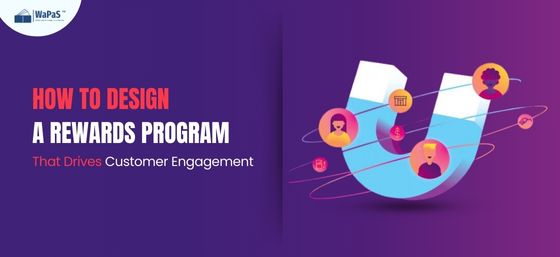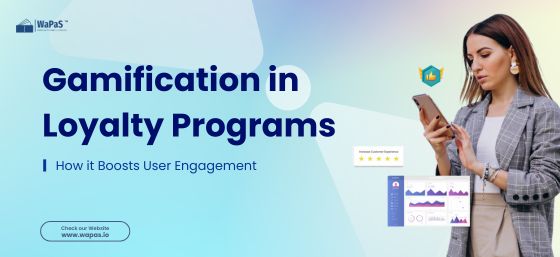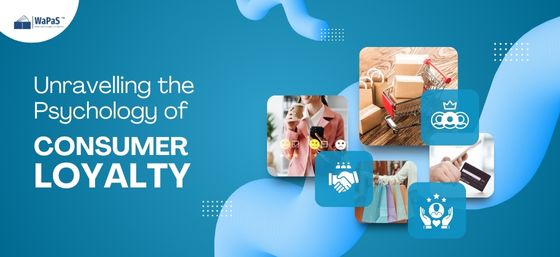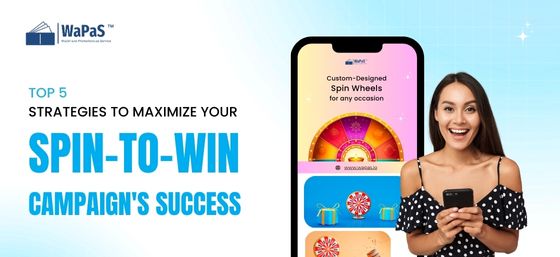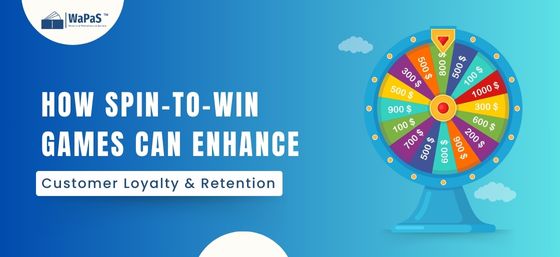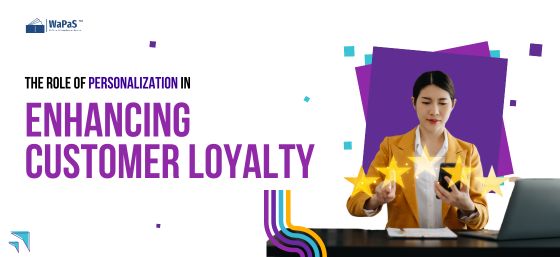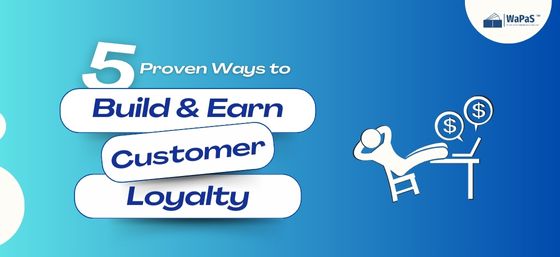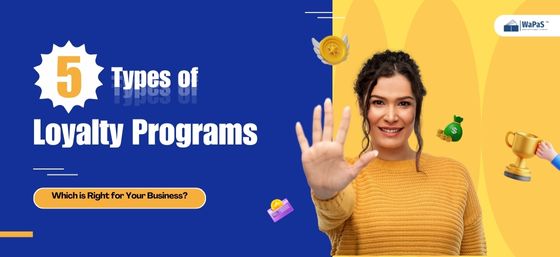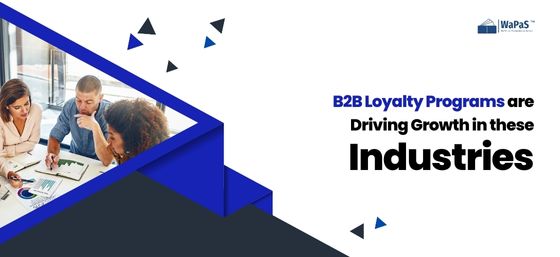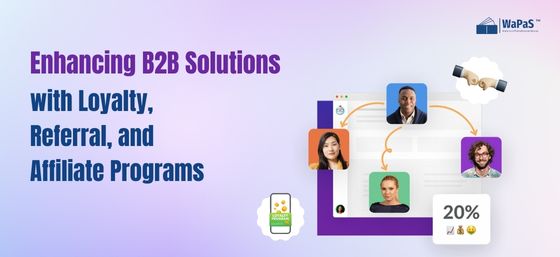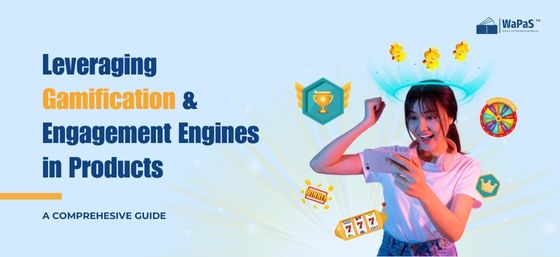How Loyalty Programs Drive Customer Engagement for Business
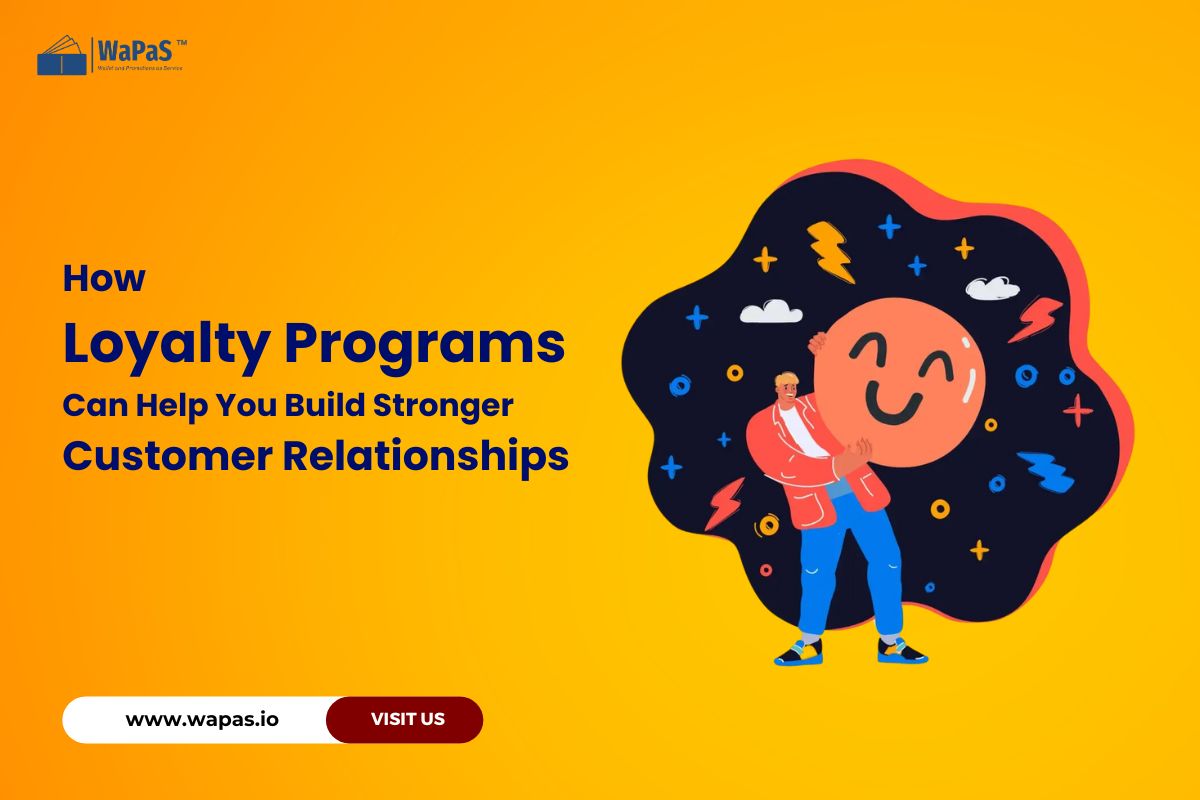
In today’s cutthroat market, businesses are putting more effort into building long-term customer relationships than just bringing on new ones. The best way to do this is via a well-thought-out loyalty program. These programs offer a way to improve customer engagement, increase brand loyalty, and build stronger relationships with your target demographic beyond discounts and incentives. This blog will examine how loyalty programs, when combined with valuable tactics and insights, may assist companies in forging closer bonds with their clientele.
The Importance of Customer Relationships in Modern Business
It is essential to comprehend the importance of customer relationships before diving into the details of loyalty programs. In a time when customers have an infinite number of options, brand loyalty is frequently fueled by trust, emotional ties, and reliable value.
Essential Advantages of Solid Customer Relationships:
- Improved Retention: Happy customers are more likely to stick around, which lowers turnover rates.
- Greater Lifetime Value: Loyal consumers tend to spend money and refer your brand to others.
- Competitive Advantage: Your brand may become the go-to option over rivals thanks to a solid connection.
Loyalty programs are useful since building these relationships takes time and effort. WaPaS streamlines the process of maintaining customer engagement. By automating promotional campaigns and tracking customer activity, businesses can focus on building authentic connections without worrying about operational hurdles.
Understanding Loyalty Programs: A Strategic Overview
A loyalty program is planned to thank clients for their continued patronage. These programs incentivize consumers to keep interacting with your business by providing rewards like points, discounts, or exclusive experiences.
Loyalty Program Types Include:
- Point-Based Programs: Every purchase a customer makes earns them points that may be exchanged for incentives.
- Tiered Programs: Rewards get better as clients go up the spending tiers.
- Subscription-based Programs: Users must pay a fee to access special advantages (like Amazon Prime).
- Cashback Programs: Customers can receive a portion of their money back in cash or credit.
- Partnership Programs: Companies work together to provide a variety of services with shared advantages.
WaPaS allows businesses to seamlessly manage and integrate multiple loyalty program types under one system. Whether you prefer a point-based approach or a tiered model, WaPaS provides the flexibility to tailor programs to your business needs.
How Loyalty Programs Foster Stronger Customer Relationships
1. Encouraging Repeat Purchases
A loyalty program’s main objective is to encourage recurring business. Businesses promote repeat business by providing observable incentives. For instance, Starbucks’ Star Rewards program promotes return business by giving complimentary beverages and tailored incentives based on previous purchases.
Key Strategy: To ensure excellent engagement rates, use data-driven marketing to examine consumer behaviour and customize rewards that suit their interests.
With WaPaS, you can analyze customer behavior in real-time and create targeted promotions that encourage repeat visits, such as exclusive time-limited offers or personalized rewards.
2. Personalizing the Customer Experience
Personalization is at the core of contemporary customer engagement. A company may show that it knows and cherishes its consumers by implementing loyalty programs that use customer data to provide personalized offers and suggestions.
For example, Sephora’s Beauty Insider Program recommends products and offers pertinent incentives based on past purchases. This strategy boosts revenue and fosters a sentimental bond with the company.
Key Strategy: Incorporate personalized recommendations and exclusive benefits based on behavioural analytics to make your program stand out.
3. Creating Emotional Connections
Loyalty programs may create emotional bonds in addition to financial gains by providing experiences that complement consumers’ beliefs and goals. Through loyalty initiatives, companies like Apple and Nike let their customers feel like they belong and are part of a community.
Key Strategy: Provide premium services that fit your audience’s lifestyle, behind-the-scenes information, or unique access to events.
4. Boosting Customer Retention
Retaining current consumers is far less expensive than acquiring new ones. Loyalty programs are an affordable means of lowering attrition and maintaining client engagement. They incentivise clients to stick around, even when rivals provide comparable goods or services.
Research shows that just a 5% increase in customer retention may increase earnings by 25% to 95%.
The main tactic is implementing tiered incentive structures, which will improve customers’ brand loyalty and experience by motivating them to pursue more perks. Through WaPaS, businesses can create dynamic tiered loyalty systems that adapt based on customer activity, keeping users motivated to climb higher levels for premium rewards.
5. Gathering Valuable Customer Insights
Loyalty programs provide companies with access to priceless consumer information. By examining purchase trends, preferences, and engagement levels, businesses may improve their marketing tactics and better serve their customers.
An important example is how Amazon Prime gathers information about members’ purchasing patterns to offer tailored shopping experiences that increase sales and loyalty.
Key Strategy: Turn unprocessed consumer data into useful insights that guide strategy and decision-making by utilizing data-driven marketing.
6. Enhancing Brand Loyalty
A well-executed loyalty program transforms satisfied customers into brand advocates. These customers are more likely to recommend your products to friends and family, acting as ambassadors for your brand.
Key Example: Tesla’s referral program incentivizes loyal customers to refer others, creating a ripple effect of trust and advocacy.
Key Strategy: Incorporate referral rewards into your loyalty program to amplify its reach and impact. WaPaS makes it easy to set up referral systems within loyalty programs, tracking referrals, and automating rewards for seamless user engagement.
Designing a Successful Loyalty Program: Best Practices
Although loyalty programs have many advantages, their effectiveness relies on careful preparation and implementation. The following are some recommended practices:
- Establish Specific Objectives: Establish your program’s goals, whether they be better customer satisfaction, more sales, or more customer retention.
- Recognize Your Viewers: Divide up your clientele according to their demographics, tastes, and behaviour. Adapt your software to their particular requirements.
- Maintain Simplicity: Programs that are too complex may discourage participation. Make sure the guidelines, incentives, and advantages are simple to comprehend.
- Make Use of Technology: Optimize your program and offer a smooth user experience (UX) using marketing automation technologies and applications.
- Continuously Evolve: Monitor the performance of your loyalty program and adapt it based on customer feedback and emerging trends.
Measuring the Success of Loyalty Programs
Analyze the following measures to see if your loyalty program is strengthening ties with your customers:
- Customer Retention Rate (CRR): Measures the percentage of customers who continue to engage with your brand.
- Net Promoter Score (NPS): Gauges customer satisfaction and likelihood of referrals.
- The Repeat Purchase Rate (RPR) measures the frequency with which customers return to make more purchases.
- Customer Lifetime Value (CLV) determines how much money a client earns from their association with your company.
Maintaining the effectiveness of your program and its alignment with your company objectives requires regular analysis of these measures.
Real-World Example: Successful Loyalty Programs in Action
Starbucks Rewards: Through Starbucks’ loyalty program, patrons may earn stars for each purchase, which can then be exchanged for complimentary food and beverages. Additionally, the app provides tailored offers, guaranteeing a captivating user experience.
Amazon Prime: Amazon Prime offers special perks like free delivery, streaming services, and first access to sales in addition to a subscription-based business model. The outcome? An unparalleled level of customer satisfaction and loyalty.
Zappos VIP Rewards: Through its tiered rewards program, Zappos fosters a sense of exclusivity and community by providing VIP customer service, early access to sales, and expedited shipment
The Future of Loyalty Programs
As technology evolves, so do loyalty programs. Future trends include:
- Gamification: Adding game-like elements to increase engagement.
- Blockchain Technology: Enhancing transparency and security in reward systems.
- Sustainability Rewards: Aligning programs with eco-conscious values to appeal to modern consumers.
These developments guarantee loyalty programs continue to impact and be relevant in a world that is changing quickly. With WaPaS, businesses can stay ahead of these trends by incorporating gamification mechanics or eco-friendly reward options that resonate with today’s values-driven consumers.
Conclusion: Using Loyalty Programs to Strengthen Bonds
More than just a marketing tool, a well-designed loyalty program links your company and your clients. Businesses may cultivate connections that transcend transactions by emphasizing emotional involvement, customization, and long-term value. These customer relationships then serve as the cornerstone for long-term success and growth.
Take advantage of loyalty programs to turn infrequent buyers into committed brand promoters. WaPaS is your ultimate partner for managing digital promotions and loyalty programs. By combining cutting-edge technology with a customer-centric approach, WaPaS ensures your loyalty initiatives are efficient, engaging, and impactful.
Ready to Build Stronger Customer Relationships? Discover how WaPaS can streamline your loyalty programs and enhance customer engagement today. Learn More
Frequently Asked Questions
What is a loyalty program, and how does it work?
A loyalty program is a marketing strategy that rewards customers for repeat purchases and engagement. Businesses offer points, discounts, or exclusive perks to encourage customer retention.
How do loyalty programs increase customer engagement?
Loyalty programs keep customers engaged by offering incentives, personalized rewards, and exclusive benefits, motivating them to interact with the brand regularly.
What types of loyalty programs are most effective?
Popular types include point-based systems, tiered programs, cashback rewards, subscription-based memberships, and partnership programs with other brands.
How can businesses measure the success of a loyalty program?
Key metrics include customer retention rate, repeat purchase rate, customer lifetime value (CLV), and net promoter score (NPS), which track engagement and loyalty.
What role does personalization play in loyalty programs?
Personalization enhances customer experience by offering tailored rewards based on past purchases, preferences, and behaviors, making the program more effective.
